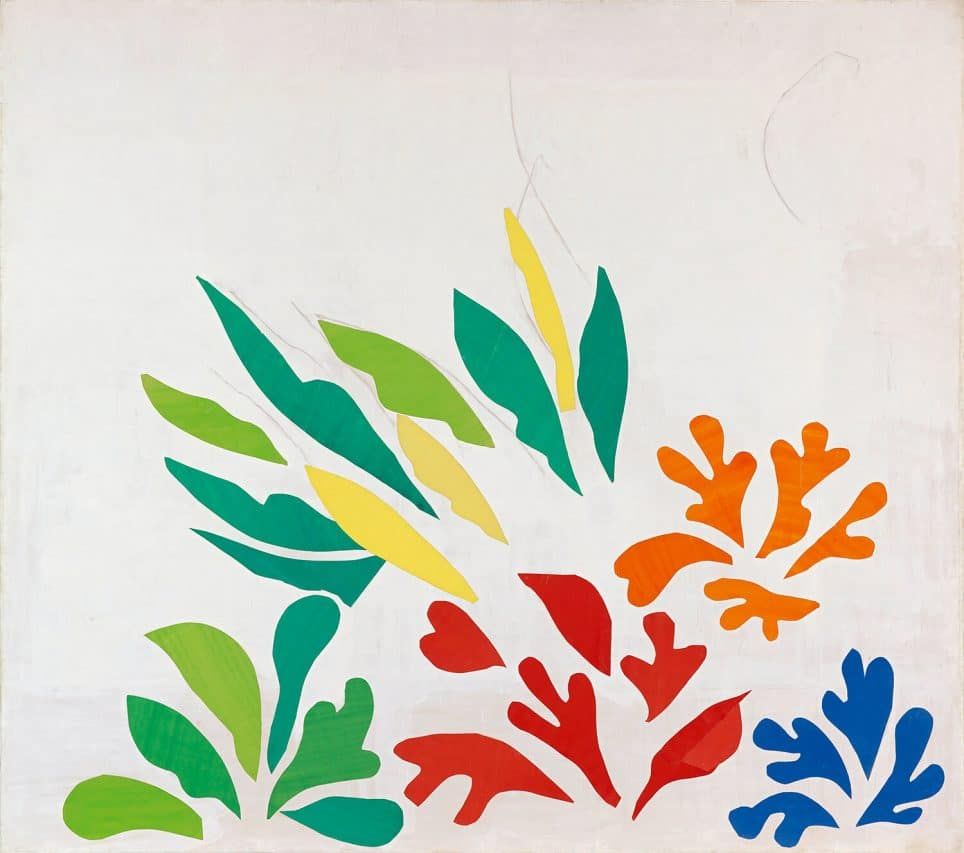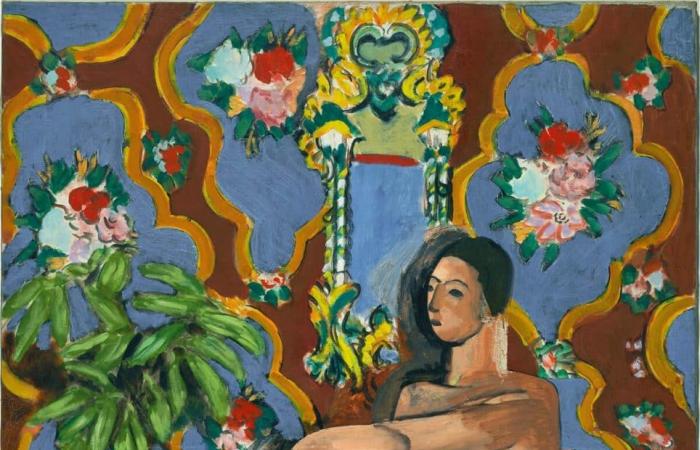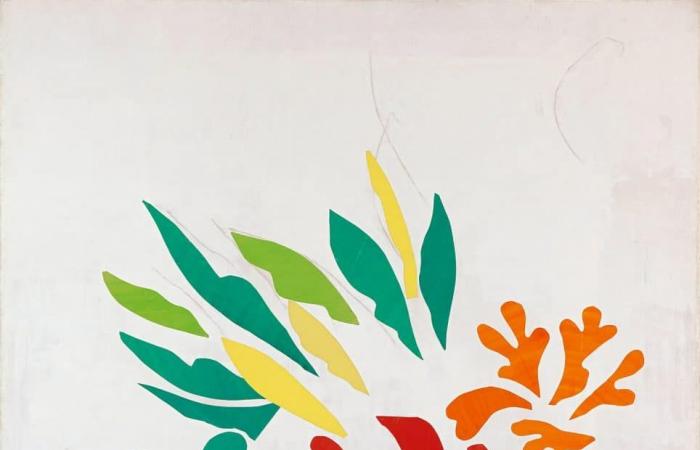End of day in the Gulf of Saint-Tropez. A picnic ends while the sky is adorned with a thousand and one colors, reflected in the sea like a mirror. The sand sets ablaze, enveloping the bodies of young women languid with bright red and yellow like the last lights of a setting sun. Painted in the fall of 1904 in his Parisian studio, the work germinated in Matisse’s mind during the summer while he was staying at his friend’s house Paul Signacwho then introduced him to the theories of neo-impressionism.
This painting imbued with the fiery light of the south of France engages the artist in a crucial quest: the liberation of color. Above all, it opens a window onto an imaginary country that the artist will continue to reinvent throughout his career, a dreamed Eden with the motto: Luxury, calm and pleasure.
A life punctuated by travel
Henri Matisse, The open window, Collioure1905
i
Huile sur toile • 55,3 × 46 cm • Coll. National Gallery of Art, Washington • © Succession H. Matisse / © Adagp, Paris 2024 / Photo Courtesy National Gallery of Art
“My child, my sister / Think of the sweetness / Of going there to live together! / Love at leisure / Love and die / In the country that resembles you! » Famous poem by Charles Baudelaire published in The Flowers of Evil in 1857, to which the title of this work, a precursor of Fauvism, directly refers, The invitation to travel is the common thread of the exhibition dedicated this fall by the Beyeler Foundation, near Basel, to Henri Matisse (1869–1954) – the first retrospective in almost twenty years in Switzerland. Paintings, but also sculptures and paper cutouts: the chronological journey retraces nearly six decades of creation in 72 works punctuated by the numerous journeys undertaken by the artist. Because it is in the “elsewhere” that this child from the north found the essence of his art.
If since the Renaissance travel has occupied a preponderant place in the training of painters, it has established itself with Matisse as the condition sine qua non of his artistic approach. Southern France, Italy, North Africa…: the master’s career revolves around these numerous trips back and forth between the familiar space of his workshop and more or less remote regions – a constant coming and going which is embodied in the open window patternomnipresent in his work and which resonates like the echo of a call from afar.
Henri Matisse, Decorative figure on ornamental backgroundbetween 1925 and 1926
i
Oil on canvas • 130 × 98 cm • Coll. Center Pompidou, MNAM-CCI, Paris • © Succession H. Matisse / © Adagp, Paris 2024 / Dist. RMN-Grand Palais – press / Photo Philippe Migeat
Through travel, Matisse reinvents himself, becoming a true “artistic chameleon”. In addition to his permanent quest for light and colors, he draws on this experience of the unknown for patterns that soon appear on his canvases. Oriental costumes and carpets, tropical plants, furniture, thus emerge as determining elements in his painting.
From Collioure to Tahiti
From the revelation of Collioure, the birthplace of Fauvism, to the dazzling of Tahiti, this “country both superb and full of boredom”, the visitor embarks on a sumptuous journey to the heart of the master’s work, walking through the footsteps of this tireless traveler. The only regret: the omission of Matisse’s stay in Corsica in the winter of 1898, a decisive step in his journey… The exhibition, however, shines with the number of masterpieces brought together. Coming from the United States, the Large reclining nude (Pink nude) (1935), The Big Blue Dress and Mimosas (1937), et Interior with Egyptian curtain (1948) thus made a stopover at the Beyeler foundation, as did a certain number of treasures from private collections, such as The Serving (1896–1897) rarely loaned.


Henri Matisse, Acanthes1953
i
Charcoal, cut-out papers painted with gouache on paper on canvas • 311.7 × 351.8 cm • Coll. Fondation Beyeler, Basel • © Succession H. Matisse / © Adagp, Paris 2024 / Photo Robert Bayer
Highlight of the show: the last room dedicated to cut gouacheswhich will occupy the artist until his last breath. Besides three splendid Blue nudes, acanthus and colorful algae proliferate joyfully on the immaculate picture rails, as they once covered the walls of the artist’s studio on the heights of Nice. Projected in a final room retracing his various journeys around the world using digital tools, moving archive films show the artist arriving at the evening of his life, tirelessly wielding his scissor blades. “By creating these cut-out and colored papers, it seems to me that I am happily heading into what lies ahead,” he confessed shortly before his death – a final journey, this time without return.
Matisse – Invitation to travel
From September 22, 2024 to January 26, 2025
www.fondationbeyeler.ch
Fondation Beyeler • 101 Baselstrasse • 4125 Riehen
www.fondationbeyeler.ch








